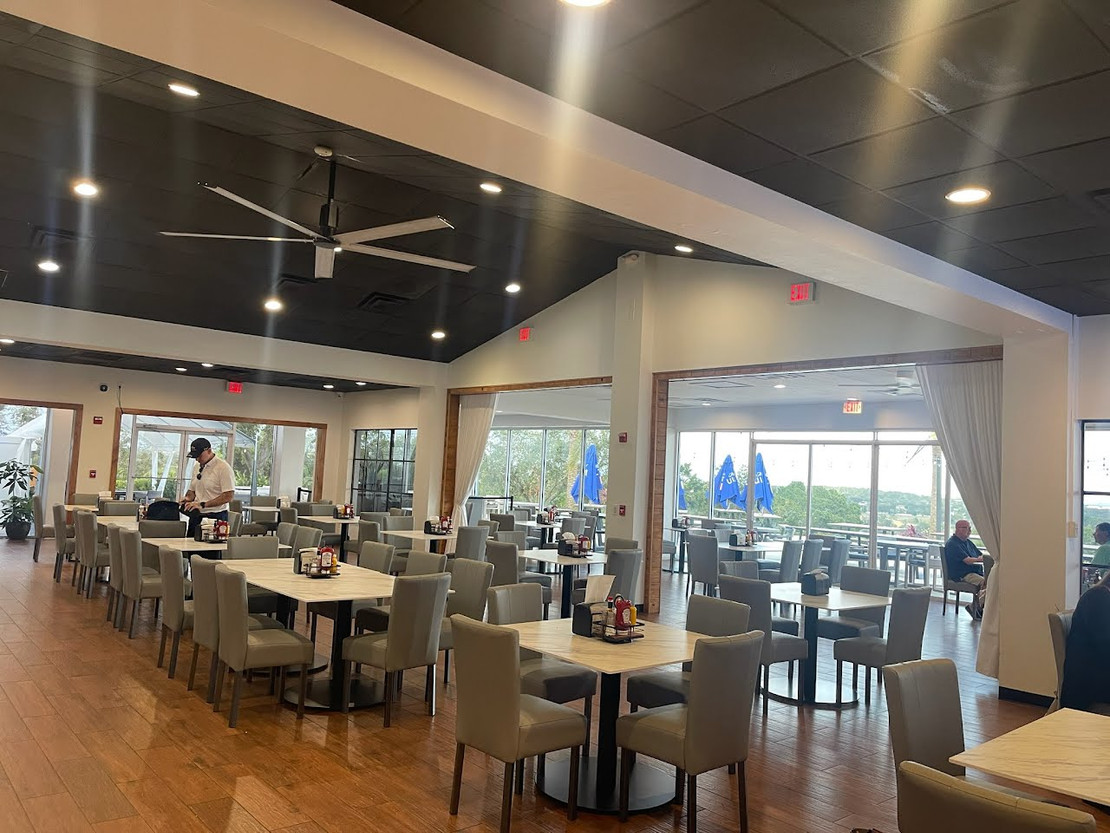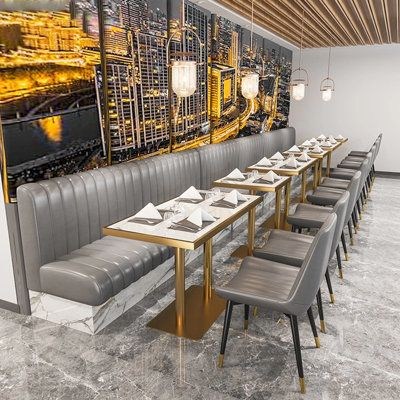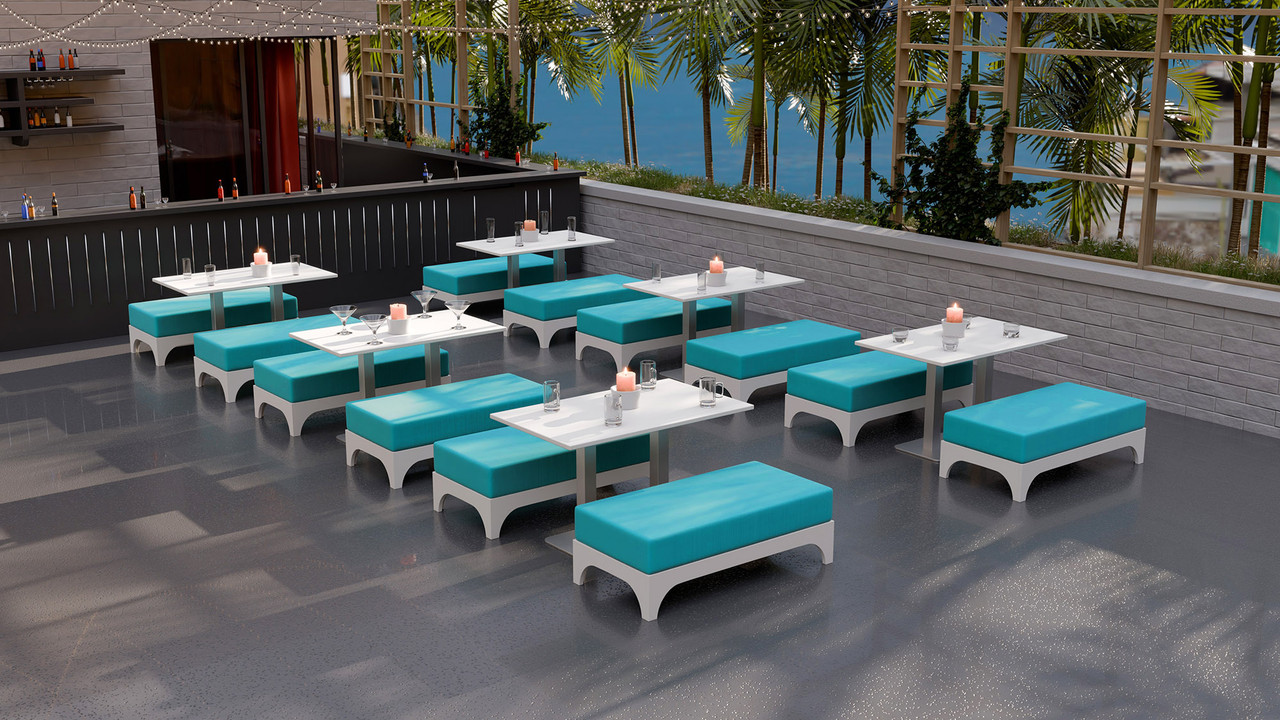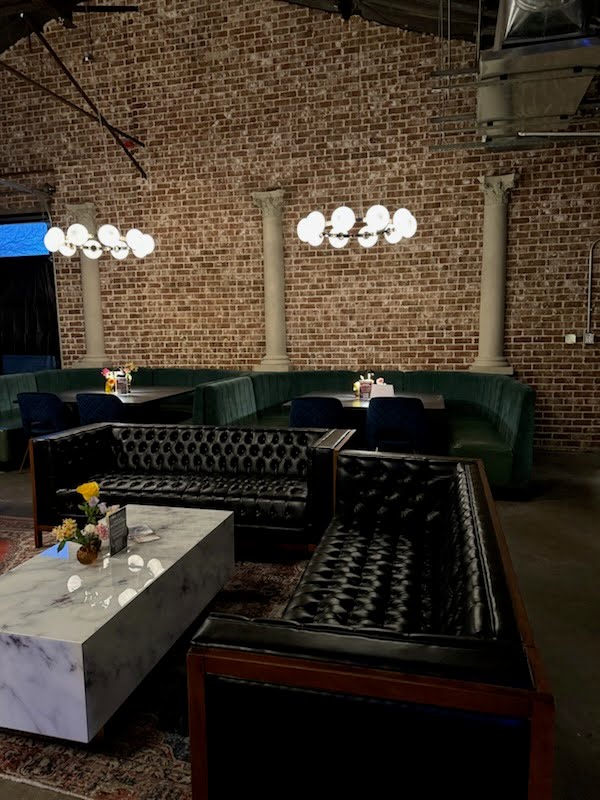
The Future Trends of Restaurant Seating in 2025
What you need to consider when planning restaurant seating in your establishment. Here are some tips which will bring your business to the next level.

Creating Zones for Varied Experiences
Cozy Corner: Design this area for romantic dinners by incorporating U-shape booths that provide a sense of privacy and comfort. Adjustable ambient lighting enhances the atmosphere, while the location of this section reducing the noise.
Family-Oriented Space: This section should be open and adaptable, using sturdy, easy-to-clean furniture. Include practical options like high chairs or booster seats, and ensure the layout can accommodate strollers or larger groups. Make this section mobile by using dining chairs and tables which can be easily rearranged. Bright and cheerful decor can make the area more inviting for families.
Outdoor/Patio: Perfect for all open-air dining, particularly in coastal or sunny locations, this area should feature weather-resistant furniture. Create a relaxed ambiance with shaded seating options like umbrellas or pergolas, complemented by greenery to enhance the natural setting.

Bar Area: Cater to solo diners or casual meet-ups with comfortable, ergonomically designed bar stools. The bar can also double as a waiting area, offering views of entertainment screens or other engaging features.
Adaptable Design for Smooth Operations
Incorporate modular furniture to seamlessly adjust the dining area for various occasions, such as private gatherings or large group bookings. Design the layout to support efficient service by providing unobstructed pathways for both staff and patrons.
Varied Seating Choices to Suit Customer Needs
Offer a range of seating styles to accommodate diverse preferences. Large communal tables foster a lively, social ambiance, while smaller, private tables cater to guests seeking intimacy. Ensure the furniture design complements the overall theme, creating a cohesive and inviting atmosphere.
Inviting Entry Space
The waiting area sets the tone for your restaurant experience. Prioritize cozy seating, eye-catching decor, and a clear view of the host station. Adding features like entertainment or glimpses of the kitchen or bar can enhance the guest's initial impression.

Conclusion
As we approach 2025, restaurant design trends focus on creating memorable, guest-centric experiences. Key elements include flexible layouts that adapt to various needs, diverse seating options that cater to all preferences, and thoughtfully curated spaces that balance functionality and aesthetics. Integrating technology, sustainable materials, and engaging decor enhances both efficiency and ambiance, ensuring a modern yet welcoming atmosphere. By staying ahead of these trends, restaurants can foster strong customer connections and stand out in an increasingly competitive market.